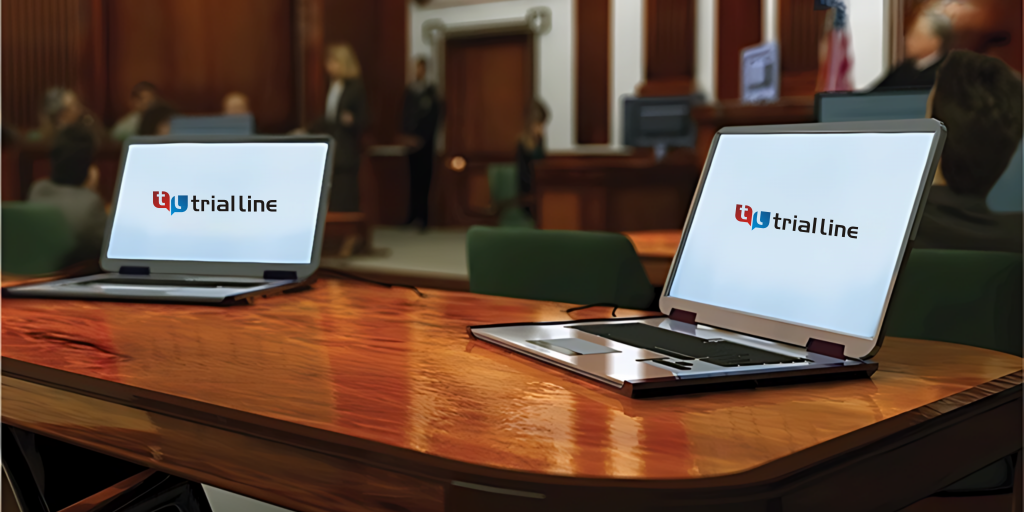The Benefits of Using Graphics in Trial Presentations
The Power of Visuals in Trial Presentations for a Winning Disagreement
The combination of visuals in test presentations has emerged as a crucial factor in efficiently connecting intricate disagreements to jurors. By utilizing different types of visual aids-- be it diagrams, pictures, or computer animations-- lawyers can enhance understanding and retention, inevitably forming the jury's assumption of the case. This approach not only clarifies intricate stories however additionally establishes a psychological vibration that can influence decision-making. As we discover the nuances of this technique, it becomes important to consider just how particular sorts of visuals can make a considerable difference in test end results. What functional approaches might lawyers employ to maximize this possibility?
Importance of Visuals in Trials
In numerous legal setups, visuals play a crucial duty in improving the efficiency of trial discussions. The combination of visual elements can dramatically affect jurors' understanding and retention of complicated information, therefore forming their perceptions and choices. Visuals, such as charts, diagrams, and pictures, can simplify intricate stories, making them much more available and engaging.
Additionally, the human brain procedures visual information a lot more efficiently than message, which highlights the importance of integrating visuals into lawful arguments. By converting dense lawful ideas right into visual layouts, attorneys can promote clearer interaction, making sure that key factors are not overlooked throughout tests.
Furthermore, visuals offer to engage jurors on an emotional degree, fostering a link to the case that words alone may fall short to achieve. The calculated usage of visuals can evoke compassion, motivating jurors to think about the human facets of the case.
Eventually, the relevance of visuals in trials lies in their capability to boost clarity, enhance juror involvement, and reinforce the narrative being offered. This potent combination is necessary for crafting persuasive arguments that reverberate with jurors and affect the end result of legal proceedings.
Types of Visuals to Make Use Of
Reliable trial presentations can considerably profit from a variety of visual tools that cater to different elements of the instance. trial presentations. Making use of diagrams and charts can efficiently break down complex details, making it much more absorbable for jurors. For instance, flowcharts can illustrate the sequence of occasions, while bar graphs might succinctly contrast appropriate data points.

Animations and simulations can additionally play a critical role, particularly in instances involving technological data or elaborate situations. These visuals can dynamically stand for processes or actions, providing clearness and interaction that fixed images may not achieve.
In addition, infographics combine message and visuals to sum up essential details efficiently. They can present timelines, statistics, and considerable case points in an aesthetically appealing manner, making it easier for jurors to comply with the disagreement.
Enhancing Comprehension and Retention

Enhancing understanding and retention during trial discussions is critical for making sure that jurors understand the important elements of an instance. Visual help function as powerful devices in this respect, translating intricate info into conveniently digestible layouts. By using charts, layouts, and infographics, attorneys can streamline elaborate information and emphasize bottom lines that may or else be ignored.
Studies have actually shown that people retain details substantially much better when it exists aesthetically. This is especially relevant in a test setup, where jurors may be bewildered by the volume of proof and testimony. By tactically including visuals, attorneys can route jurors' attention to the most critical elements of the instance, reinforcing their understanding and memory of her latest blog the product offered.

Creating Engaging Discussions
Captivating jurors' focus during trial discussions is important for sharing an engaging story. Involving discussions utilize visual elements to produce a remarkable experience that reverberates with jurors. The calculated use graphics, computer animations, and video clips can elucidate complicated details, making it much more obtainable hop over to here and relatable.

Additionally, integrating narration methods can boost engagement. Offering evidence in a rational series that builds sob story allows jurors to get in touch with the product on an individual level. Diverse presentation layouts, such as including brief video clips or interactive components, can likewise endure interest and interest throughout the trial.
Inevitably, an engaging presentation fosters a much more profound understanding of the instance, making it possible for jurors to better appreciate the disagreements existing and resulting in a much more desirable my website outcome.
Situation Research Studies and Success Stories
Countless study highlight the considerable effect of visuals in test discussions, showing their ability to influence juror perceptions and eventually the results of situations. For instance, a notable case involving an accident claim showed exactly how using a 3D animation of the mishap scene cleared up complicated details. Jurors reported really feeling even more enlightened and compassionate, dramatically guiding their choice for the plaintiff.
In another instance, a business litigation case utilized infographics to existing economic data and timelines, making elaborate information accessible. The aesthetic depiction allowed jurors to understand the nuances of the instance better than verbal descriptions alone. trial presentations. Consequently, the jury returned a verdict that went beyond the client's expectations
In addition, a criminal protection case used pictures and video proof to develop an alibi. The compelling visuals not just assisted in creating uncertainty but additionally reverberated emotionally with jurors, bring about an acquittal. These success tales highlight the necessity of incorporating visuals into test presentations, as they boost understanding, retention, and eventually, the persuasive power of lawful arguments. The critical use visuals is unquestionably changing the landscape of trial campaigning for.
Verdict
In final thought, the critical unification of visuals in trial presentations considerably improves jurors' comprehension and retention of complicated info. Involving discussions, sustained by engaging situation researches, show the extensive effect that visuals can have on influential interaction.